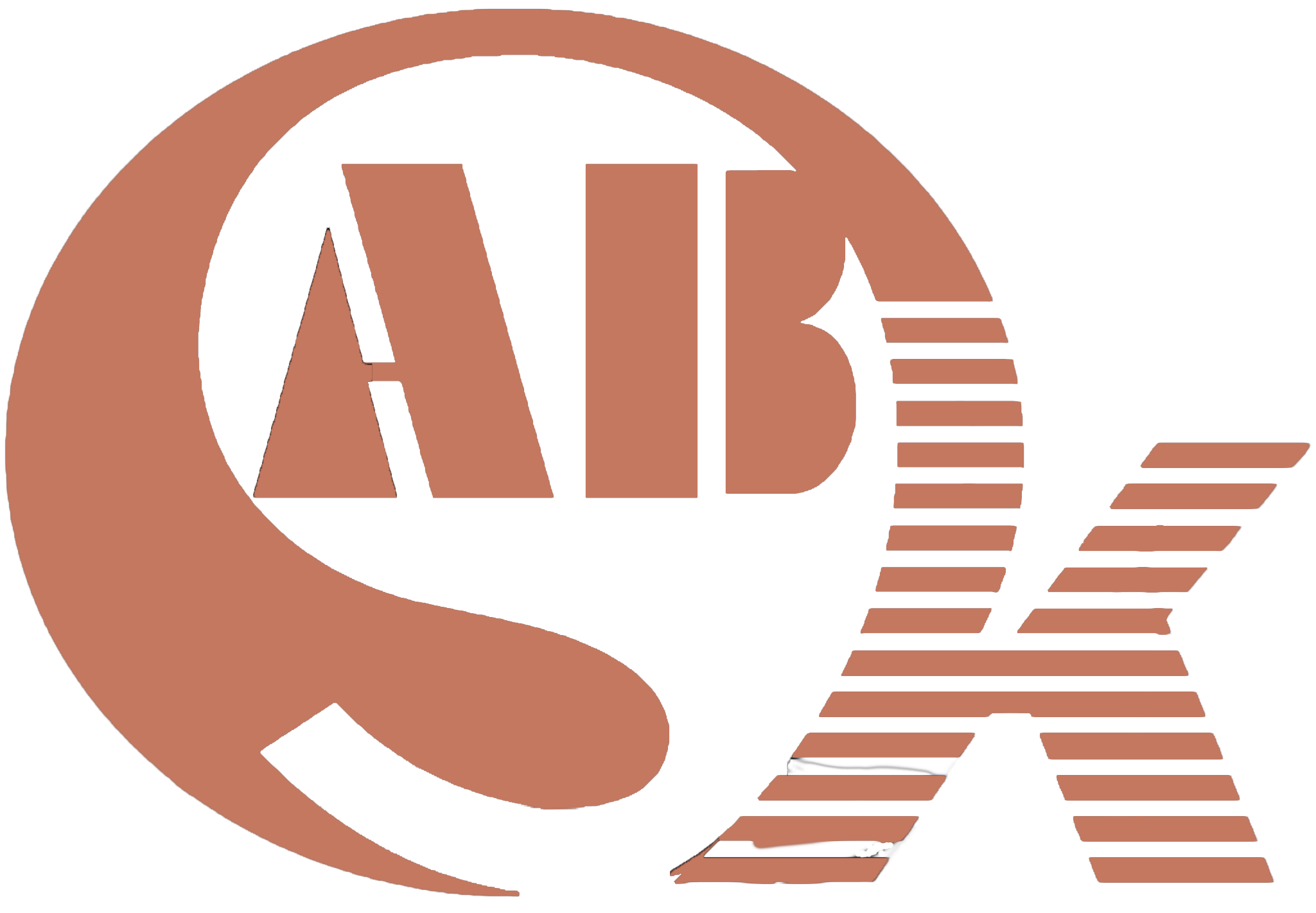Elevating Wind Tower Welding: The Precision Symphony of Welding Positioners in Seamless Assembly
In the dynamic realm of wind tower manufacturing, precision is the key to unlocking seamless assembly. This article delves into the application fields, product functions, and performance intricacies of precision welding positioners, illuminating their pivotal role in orchestrating the precision symphony of wind tower welding.
The Precision Dance in Wind Tower Welding: The Crucial Role of Welding Positioners
1. Navigating Wind Tower Welding Challenges:
- Wind towers, towering structures in the renewable energy landscape, demand meticulous welding processes. Precision welding positioners emerge as silent choreographers, orchestrating the seamless assembly of tower components with unmatched accuracy.
2. Core Components of Precision Welding Positioners:
- Precision welding positioners consist of a robust turntable and adjustable fixtures designed to rotate and position wind tower components during welding. This design guarantees precise angular control, contributing to the strength and durability of the final welds.
Applications in Wind Tower Manufacturing: Tackling the Complexity with Precision
1. Sectional Welding Harmony:
- Precision welding positioners play a pivotal role in the sectional welding of wind tower components. The ability to rotate and position tower sections ensures uniform welds, contributing to the structural integrity of the entire tower.
2. Consistent Weld Quality Across Heights:
- Wind towers, often reaching significant heights, require consistent weld quality across all sections. Precision positioners enable welders to achieve uniformity, ensuring that each weld meets the stringent quality standards necessary for wind tower longevity.
The Conductor of Precision: Core Functions and Performance Aspects
1. Angular Control for Optimal Weld Angles:
- The primary function of precision welding positioners lies in providing angular control during the welding process. This feature ensures that welds are executed at optimal angles, enhancing the overall strength and stability of wind tower welds.
2. Customizable Rotation Speeds:
- Precision positioners offer customizable rotation speeds, allowing welders to adapt the equipment to the specific needs of wind tower welding. This flexibility ensures that rotation aligns with the unique requirements of each tower section.
3. Automated Precision for Efficiency:
- The integration of automation in precision welding positioners enhances efficiency. Automated rotation and positioning features reduce the need for constant manual adjustments, allowing welders to focus on the welding process itself.
4. Real-time Monitoring for Quality Assurance:
- Advanced precision welding positioners come equipped with real-time monitoring features. This ensures that welders can monitor rotation speeds, weight distribution, and other performance metrics, contributing to overall quality assurance in wind tower welding.
5. Accommodating Varying Tower Diameters:
- The adaptability of precision positioners extends to accommodating varying diameters of wind tower sections. This versatility ensures that the same precision can be maintained across diverse tower dimensions, contributing to the scalability of wind tower manufacturing.
Efficiency Unleashed: Elevating Wind Tower Welding Processes
1. Streamlining Workflow Processes:
- Precision welding positioners contribute to the overall streamlining of wind tower welding processes. The seamless rotation and support of tower sections minimize downtime and reduce the overall time required for assembly.
2. Reducing Welding Time:
- By automating rotation and ensuring precision, these positioners significantly reduce the time spent on manual adjustments. This time-saving feature contributes to efficient wind tower assembly and faster project completion.
Choosing Precision for Wind Tower Success: Selecting the Right Positioner
1. Evaluating Tower Specifications:
- When selecting precision welding positioners for wind tower assembly, it is crucial to assess tower specifications. Considerations such as diameter, height, and weight are essential factors in choosing the right positioner for the job.
2. Customization Features for Tailored Solutions:
- Opt for precision positioners with customization features. The ability to adjust rotation speeds, accommodate varying tower dimensions, and integrate seamlessly with other welding equipment ensures a tailored solution for wind tower welding requirements.
3. Real-world Reviews and Reputation:
- Prioritize precision welding positioners with positive real-world reviews and a reputable manufacturer. Insights from other users and the reputation of the manufacturer can provide valuable information about the performance and reliability of the equipment.
4. Long-term Investment Considerations:
- View the investment in precision welding positioners as a long-term strategy. Consider not only the initial cost but also factors such as maintenance requirements, durability, and the potential for future upgrades to ensure the longevity and cost-effectiveness of the equipment.
Conclusion: Precision Beyond Imagination – The Legacy of Welding Positioners in Wind Tower Assembly
In conclusion, precision welding positioners stand as the unsung heroes in the construction of wind towers, where precision, consistency, and efficiency are paramount. Their role in ensuring consistent weld quality, scalable adaptability to varying tower dimensions, and the overall streamlining of assembly processes makes them indispensable in the wind tower manufacturing landscape. By understanding their core functions, performance aspects, and the strategic considerations in choosing the right positioner, manufacturers can unlock the full potential of precision welding, contributing to the sustainable future of renewable energy.
